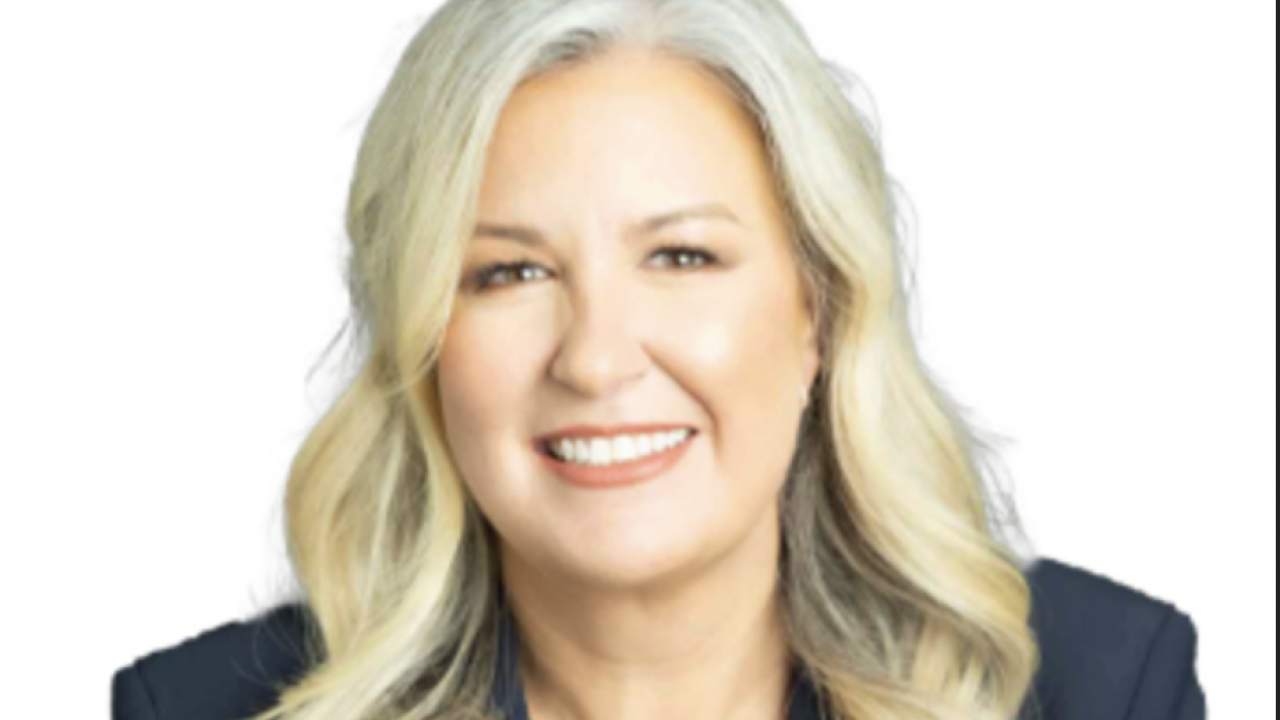Editor’s note: This is an altered version of a blog that
During his presidential campaign, Donald Trump
An
The seven “core principles” laid out in the order — including preventing taxpayer bailouts; advancing American interests in global negotiations; and making regulation efficient, effective, and tailored — are generally not controversial. There is room for debate on whether the White House identified the right seven principles; consumer protection is not among them, for example. But the main debate will be about whether current policy is already achieving the goals the White House has enumerated.

The order directs the secretary of the Treasury to report to the president within 120 days on how existing laws and policies promote or inhibit the seven core principles.
Major policy changes never go entirely as planned. The Bipartisan Policy Center has
- A lack of coordination and unnecessary duplication of, and conflict between, rules.
- The migration of certain activities from banks to nonbanks or across borders, and the curtailment of other activities.
- Binding constraints on the business decisions of firms, sometimes resulting in “cliff effects” where regulations cause the provision of financial services or products to drop more steeply than would be expected from competitive market forces.
A formal review could serve as a comprehensive assessment of the post-crisis regulatory environment. For a model, U.S. policymakers should look at the European Commission’s
The administration should broaden its effort to request public comments on the core principles and how the regulatory environment is working in practice. Further, Congress should create an independent commission to conduct the first in a series of periodic, formal assessments of the effects of the financial regulatory structure on financial stability, consumers, and economic growth.
Take the unobjectionable core principle to “prevent taxpayer-funded bailouts.” Dodd-Frank made strides in this area by giving regulators new tools to let large, complex financial institutions fail without disrupting the broader financial system. More could be done, however, including adding a new chapter to the Bankruptcy Code specially designed for financial institutions. But given how unpredictable and fast-moving financial crises are, having a backstop in place for the government to step in during a “break the glass” moment is also important.
A major missed opportunity of Dodd-Frank was in not fixing the United States’ fragmented regulatory structure. One can see visual evidence of this fragmentation at any Financial Stability Oversight Council meeting, which includes 10 voting members and five nonvoting members, several of which have overlapping or duplicative functions. Both former Sen. Chris Dodd and former Rep. Barney Frank – after whom the financial reform law was named – have said they would have made additional changes to the U.S. regulatory architecture had the votes been there to do so.
The BPC has
- Creating a new Prudential Regulatory Authority to consolidate federal bank prudential supervision and regulation in a single agency. In the interim, Congress should set up a pilot program for a consolidated examiner force that would coordinate the bank exams of federal bank supervisory agencies.
- Creating a single, modern Capital Markets Authority to consolidate oversight of the fair and efficient functioning and competitiveness of U.S. capital markets.
- Giving FSOC real authority to focus its efforts on risky activities and products as an alternative to SIFI designation, while making the designation process more transparent and accountable.
- Granting all financial regulatory agencies independent funding to appropriately insulate them from political influence, while maintaining accountability through reports and testimony to Congress, separate inspectors general for each agency and appropriate transparency.
A review of post-crisis regulations should assess which rules and regulations are realizing their intended benefits, and which are not providing marginal benefits. A review can also point out areas where rules are unnecessarily duplicative or in conflict with other rules, or where there are regulatory gaps that remain unaddressed or have arisen since Dodd-Frank was passed.
Rules tailored to different situations are also generally helpful. Policymakers can, for example, ensure that nonbank financial companies like insurance companies are not regulated using banklike rules that aren’t a good fit.
Banks of different sizes and complexities should be treated differently to the extent practicable. This is one reason why community bank relief enjoys bipartisan support in Congress, and why Congress should raise the “bank SIFI” threshold from $50 billion to something closer to $250 billion, to ensure that regulatory agencies are able to focus limited resources on institutions that are most likely to be systemically risky.
President Trump’s executive order provides a basis for improvements to financial regulation if it is approached with a focus on evidence over ideology. The order directs Treasury and FSOC to develop a report, which is a good first step. A call for evidence similar to the one issued by the European Commission that was open to public comment would be better still. And Congress would be well-served to create an independent commission to study the impacts of financial regulation on financial stability, the economy and consumers.





